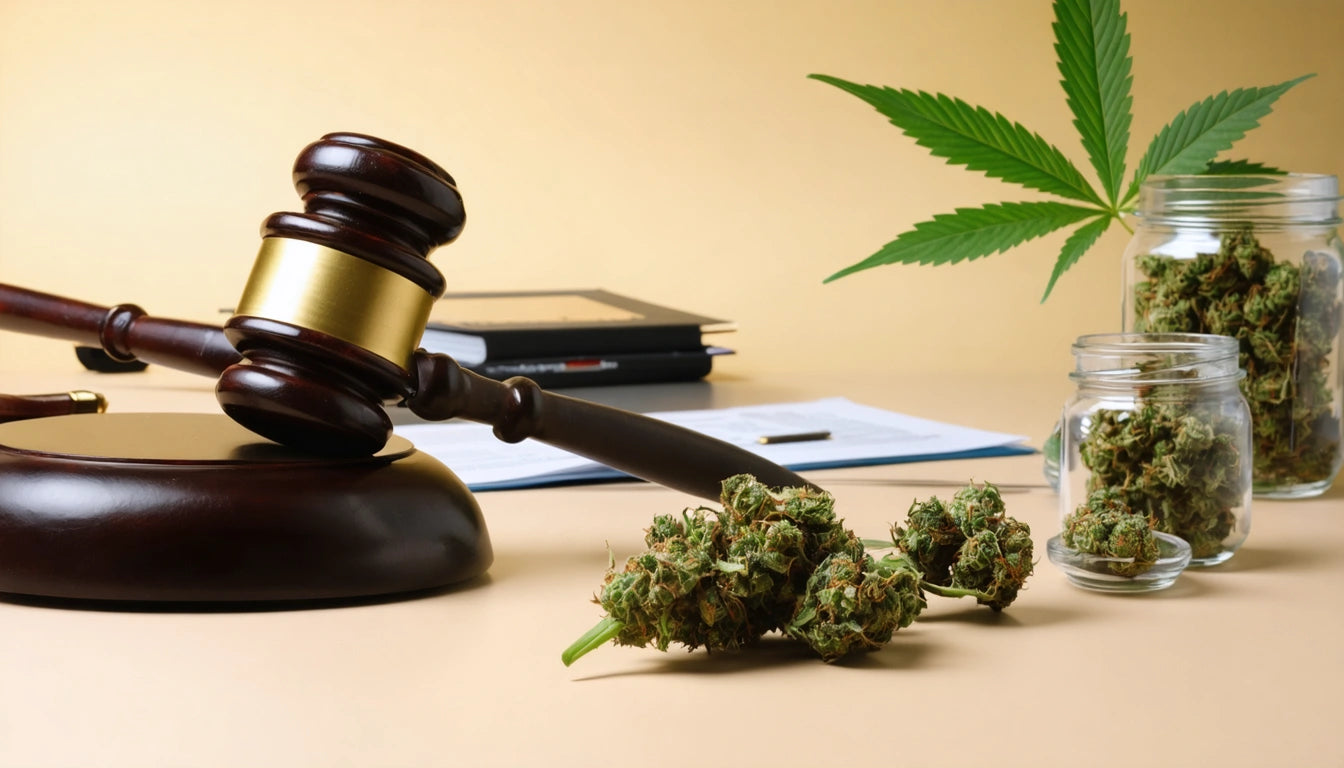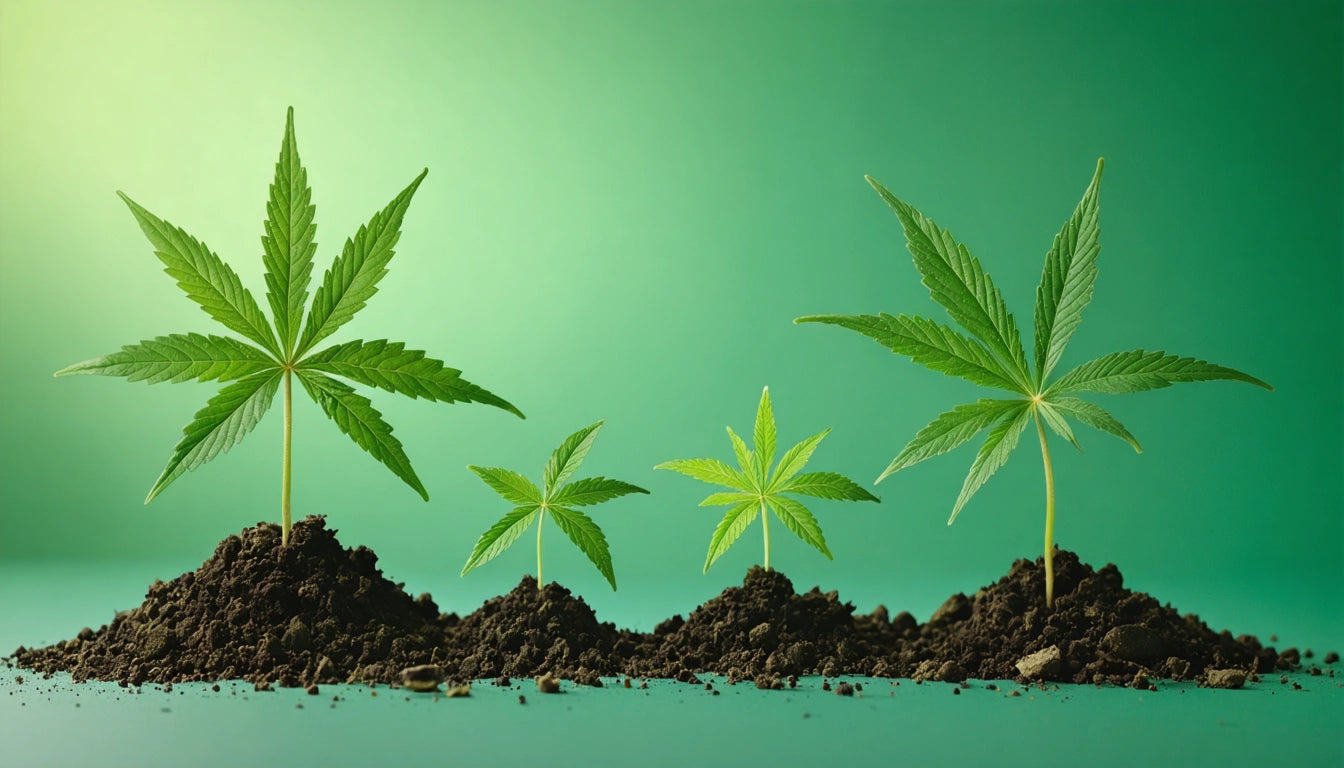Table of Contents
The History and Reasons Behind the Criminalization of Weed
Cannabis prohibition in the United States represents a complex intersection of racial politics, economic interests, and moral crusades. Understanding when weed was criminalized and the motivations behind these laws provides crucial context for modern cannabis policy debates. This historical perspective reveals how prohibition emerged not from scientific evidence about cannabis harms, but from a web of social, political, and economic factors.
Early Cannabis History in America: From Hemp to Hysteria
Before criminalization, cannabis had a long history of cultivation in America. Hemp was an essential crop in early colonial America, with farmers including George Washington and Thomas Jefferson growing it for fiber, rope, and other industrial uses. Cannabis for medicinal purposes was widely available in tinctures and extracts through the 19th century, commonly prescribed by physicians for various ailments.
The shift toward viewing cannabis as dangerous began in the early 20th century. This transformation coincided with increased Mexican immigration following the Mexican Revolution of 1910. Mexican immigrants introduced the recreational practice of smoking cannabis, which they called "marihuana" – a term deliberately adopted by prohibition advocates to associate the plant with foreign influence.
When Was Weed Criminalized: Key Dates and Legislation
The criminalization of cannabis occurred through a series of escalating restrictions at both state and federal levels:
- 1906-1925: The first wave of state restrictions began, with California passing the first state narcotic law including "locoweed" (cannabis) in 1913.
- 1930: The Federal Bureau of Narcotics was established under Harry J. Anslinger, who became a pivotal figure in cannabis prohibition.
- 1937: The Marihuana Tax Act effectively criminalized cannabis nationwide through prohibitive taxation, despite objections from the American Medical Association.
- 1952: The Boggs Act established mandatory minimum sentences for cannabis possession.
- 1970: The Controlled Substances Act classified cannabis as a Schedule I drug, categorizing it among substances with high abuse potential and no accepted medical use.
As detailed in this comprehensive history of marijuana prohibition, these legislative actions transformed cannabis from a common medicinal herb to a highly restricted substance over just a few decades.
Why Was Weed Criminalized: Examining the Driving Factors
Media Sensationalism and Propaganda
Yellow journalism played a crucial role in cannabis criminalization. Newspaper magnate William Randolph Hearst published sensationalist stories linking cannabis use to violence, insanity, and criminal behavior, particularly among minority populations. The infamous propaganda film "Reefer Madness" (1936) exemplified this approach, depicting cannabis as causing violent crime and moral degradation.
Economic and Industrial Interests
Powerful business interests saw hemp as a threat to their industries. Hearst, who owned vast timber holdings for paper production, viewed hemp paper as competition. Similarly, DuPont had patents on synthetic fibers that competed with hemp textiles. These economic motivations provided financial backing for anti-cannabis campaigns.
Political and Bureaucratic Factors
The end of alcohol prohibition in 1933 left federal narcotics officials like Harry Anslinger seeking new targets to maintain their departments' relevance and funding. Cannabis became the perfect substitute enemy, with Anslinger making inflammatory claims about its dangers despite little scientific evidence.
Historical records show Anslinger's public statements often contradicted his private acknowledgments about cannabis's limited dangers, suggesting political rather than public health motivations.
Racial Targeting and Cannabis Prohibition
Perhaps the most significant factor in why weed was criminalized was racial and ethnic prejudice. Anti-cannabis campaigns explicitly targeted Mexican immigrants, African Americans, and other minority groups. The term "marijuana" was deliberately used instead of "cannabis" to emphasize its foreign origins and associate it with Mexican immigrants.
Anslinger himself made explicitly racist statements, claiming: "Reefer makes darkies think they're as good as white men" and "the primary reason to outlaw marijuana is its effect on the degenerate races." These sentiments reveal how cannabis prohibition served as a tool for controlling and criminalizing minority populations.
This racial targeting has had lasting consequences. As noted in this timeline of cannabis legalization, the enforcement of cannabis laws has disproportionately affected communities of color, with arrest rates for Black Americans consistently higher than for white Americans despite similar usage rates.
Regulatory Evolution: From Criminal Substance to Controlled Product
The modern era has seen a gradual shift from criminalization toward regulation. Beginning with California's medical marijuana legalization in 1996 and accelerating with Colorado and Washington's recreational legalization in 2012, cannabis policy has increasingly moved toward controlled access rather than prohibition.
This regulatory approach acknowledges both the therapeutic potential of cannabis and the importance of public safety measures. For instance, safety regulations requiring special packaging help prevent accidental consumption by children while allowing adults legal access, demonstrating how thoughtful regulation can address legitimate concerns more effectively than criminalization.
The ongoing debate about marijuana legality continues to evolve as more states reconsider prohibition in favor of regulated markets. This shift represents not just changing attitudes about cannabis itself, but a broader recognition of the historical injustices and policy failures of the prohibition era.
As we continue to reform cannabis laws, understanding the historical context of when and why weed was criminalized remains essential. The prohibition of cannabis was never primarily about public health but was deeply intertwined with racism, xenophobia, and special interests. Recognizing this history is crucial for developing more just and effective cannabis policies for the future.











Leave a comment
All comments are moderated before being published.
This site is protected by hCaptcha and the hCaptcha Privacy Policy and Terms of Service apply.